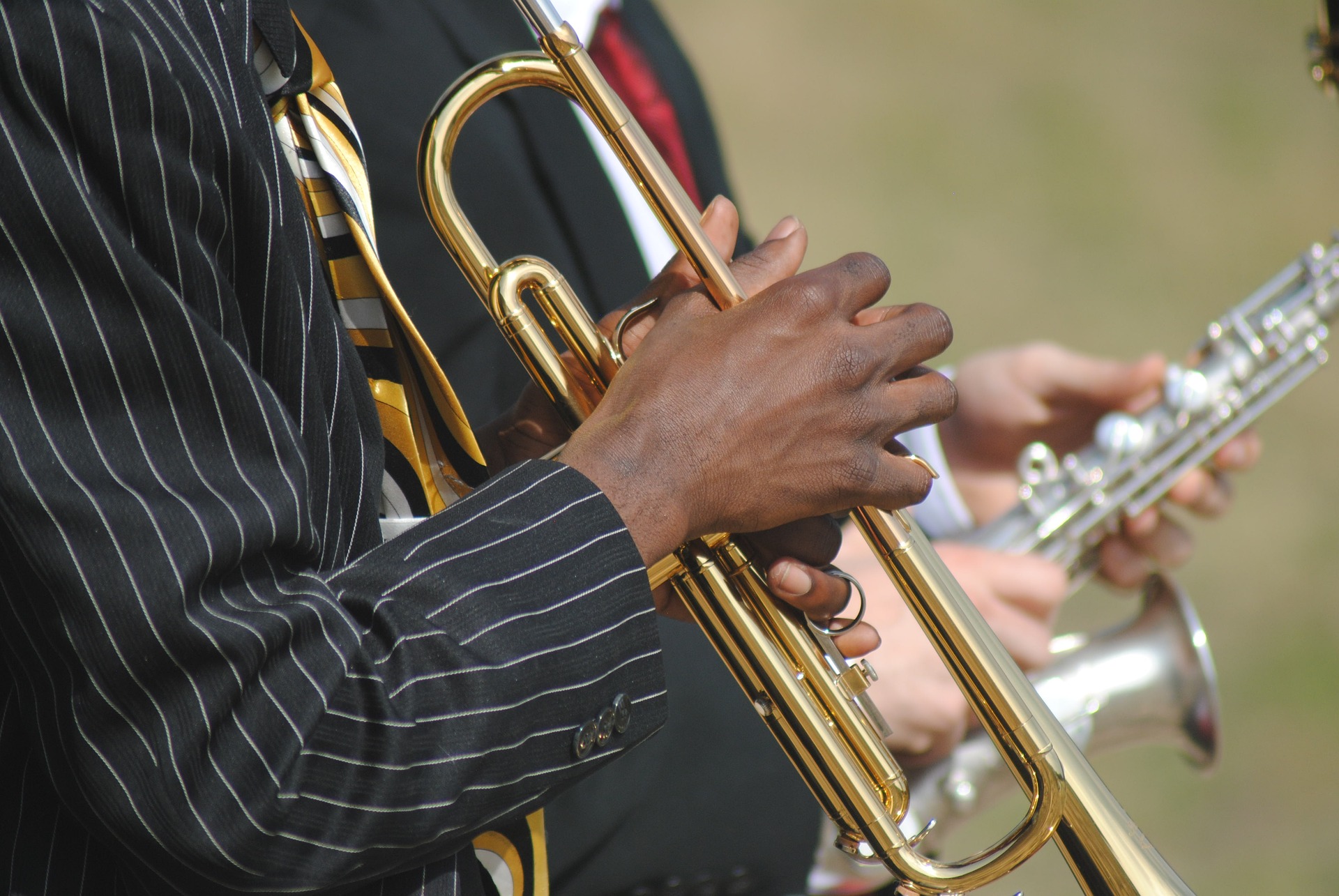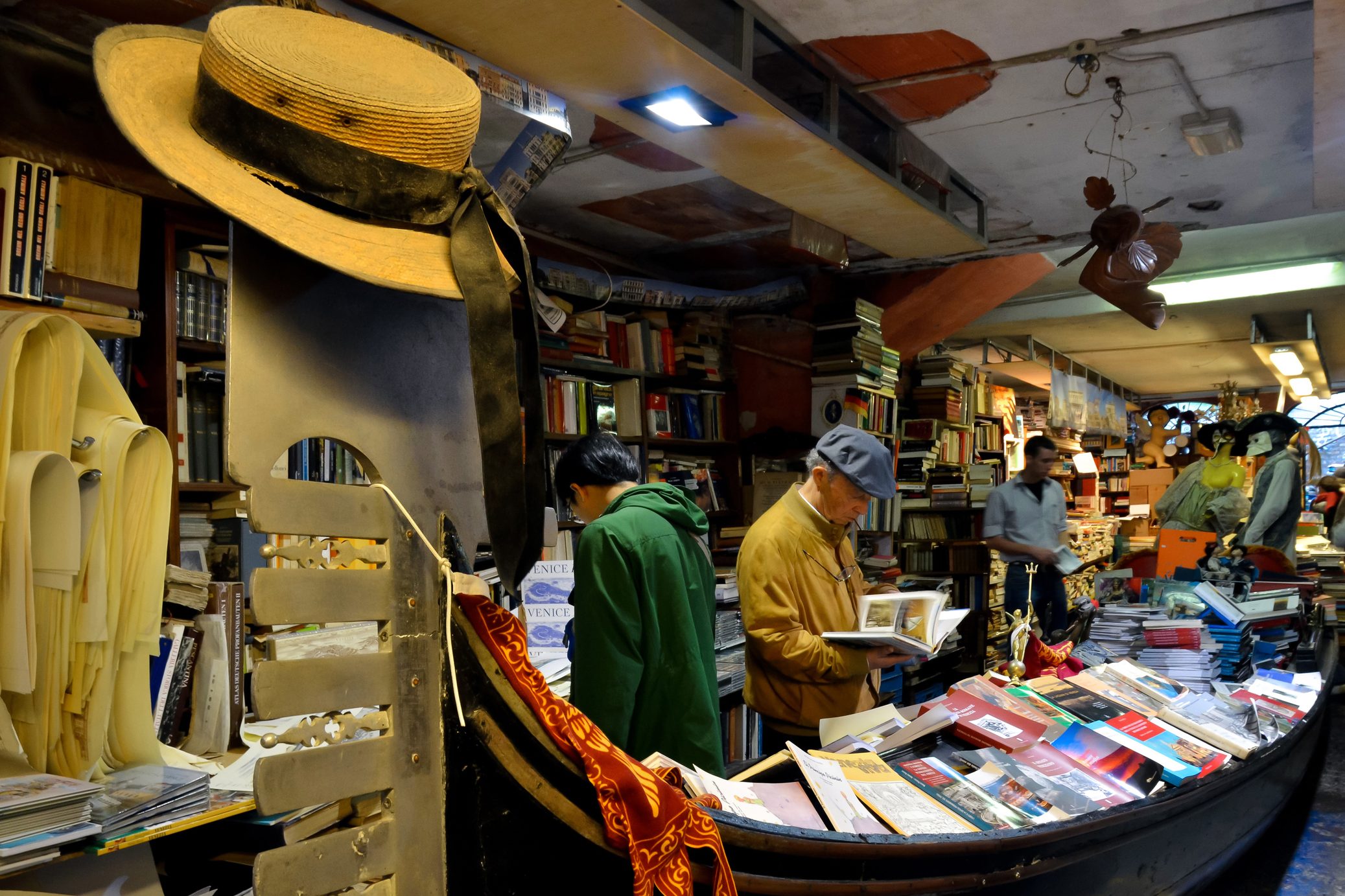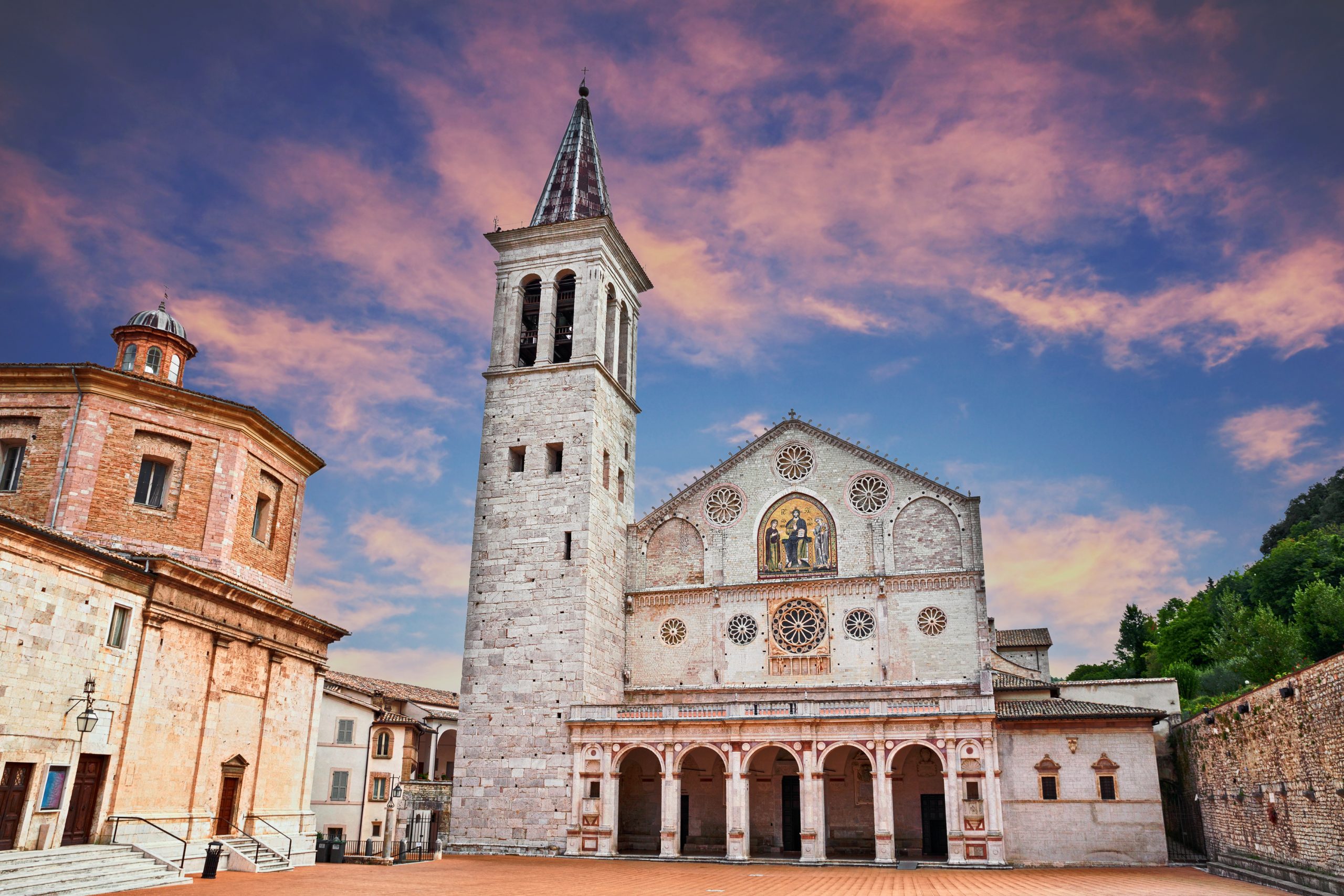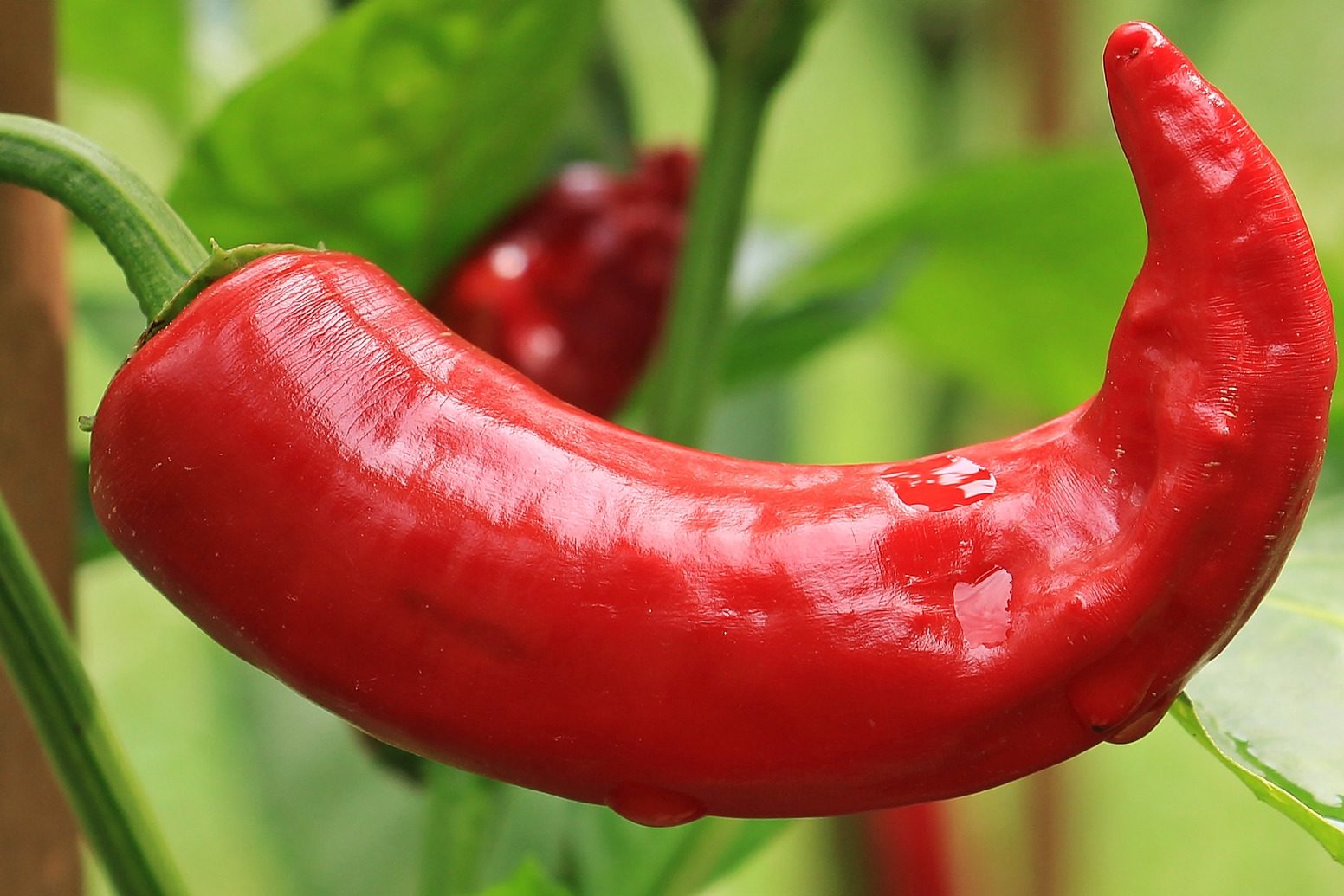There’s a certain something about listening to your favorite song under a starry sky on a warm summer night: open air music festivals are, for music lovers, the perfect chance to enjoy many different artists while taking in the beauty of their surroundings. And the region of Umbria has plenty of beauty to flaunt, both when it comes to its countryside landscapes and the stunning architecture of its villages and towns.
For 42 years, Umbria Jazz has brought the best of the best jazz bands and singers on stage, becoming one of the most popular and influential jazz festivals in the world. Since August 1973 the beautiful town of Perugia has been the stage and backdrop to thousands of amazing concerts and this year, too, it will host yet another great edition of the festival: from July 10th to July 19th hundreds of artists will perform on stage in the beautiful squares and streets of Perugia, for ten days and nights of incredible music. Italian stars such as Paolo Conte and Subsonica will perform along with international artists like Incognito and Charles Lloyd. One of the highlights of the festival will be the performance on July 15th of Tony Bennett and Lady Gaga, who will be on stage at the Arena Santa Giuliana as part of their “Cheek to Cheek” concert tour. The duo will sing tracks from their critically acclaimed album “Cheek to Cheek”, which debuted at #1 on the Billboard 200 chart upon its release in September 2014. For a complete list of performers, programs and tickets visit http://www.umbriajazz.com/
Perugia in particular and Umbria in general are interesting to visit regardless of the time of the year and offer plenty to do between one concert and another. Perugia’s history dates back to Etruscan times and is famous for its ancient University, founded in 1308, for its quaint downtown area and for its succulent meat dishes. Worth a visit is the church of San Lorenzo which, unlike most cathedrals, has its side to the city main square and faces the Fontana Maggiore, a monumental medieval fountain built between 1277 and 1278. The nearby Palazzo dei Priori, where the town’s magistrature was established in 1303, is amongst the most beautiful palaces in Italy and a must-see while in town, as is the Galleria Nazionale dell’Umbria, one of the most outstanding collections of art in all of Italy.
Not far from Perugia, many other towns in Umbria are easily reachable and enchant visitors from all over the world. Assisi, a World Heritage Site, is famous for being the birthplace of St. Francis, who founded the Franciscan religious order in 1208, and St. Claire, founder of the Poor Sisters. The Basilica of San Francesco d’Assisi features frescos by masters such as Cimabue and Giotto that have luckily survived a terrible earthquake in 1997.
Norcia, too, is a pleasure to visit, with its stunning church of St. Benedict, facing Piazza San Benedetto, while Gubbio features the ruins of a beautiful Roman Theater from the 1st century BC.
Regardless of where you are, Umbrian food will definitely be a highlight of your trip. Umbrian cuisine has Etruscan roots and is simple but profoundly satisfying, and relays heavily on seasonal ingredients that come from the region’s soil, lakes, woods and farms. The strangozzi with black truffle and the umbricelli in salsa Trasimeno are two amazing first courses, the latter taking its name from the lake where the perch that makes up the sauce is caught. Wild hare, lamb, pork and game, too, make up the region’s cuisine, although Umbria’s number one specialty is its slow roasted suckling pig: it can be savored almost in every osteria, along with a glass of good local wine such as Montefalco, Orvieto Classico or Rosso Orvietano. Last but not least, chocolate is one of Umbria’s specialties: the Perugina chocolate factory has become famous worldwide for creating the Baci Perugina, the chocolate kisses wrapped in silver foil that carry words of love from poets and writers from the past and the present. Chocolate lovers can visit the Museo Storico Perugina and learn all there is to know about their favorite ingredient.
Perugia can be reached by car from Rome and Florence with the A1 highway, exit “Perugia S. Faustino”. The Perugia Fontevegge station is served by local trains and by direct intercity trains from Rome-Termini (about 2 hours) and Milan (via Bologna and Florence, about 5 hours). The Perugia San Francesco d’Assisi – Umbria International Airport has three daily flights to Roma Fiumicino Airport.































